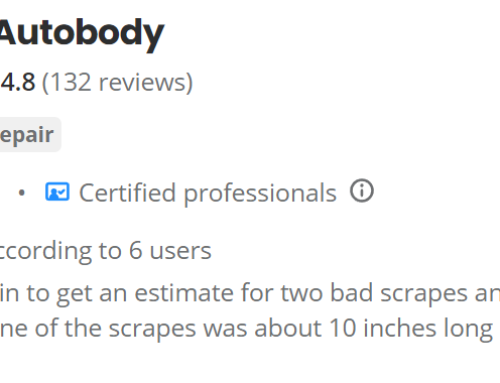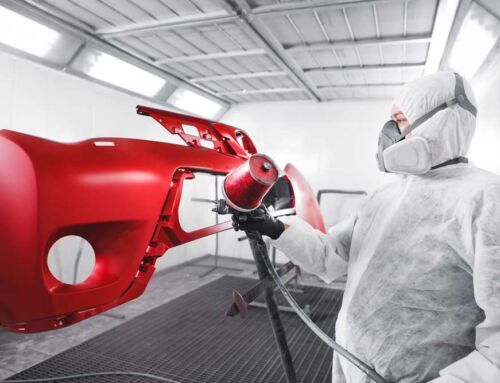If you’re protective of your car’s paint job, you probably find swirl marks irritating to no end. These microscopic marks are formed by small actions like wiping dust off of your car with a dry towel or improperly washing and drying it, because particles like dirt and fibers can get stuck in your car cleaning materials and can scratch off the upper clear layer of your car’s paint job. That’s why dark cars generally have more visible paint swirls — and while they may not look like much at first, they can collect together over time to diminish your car’s polished exterior.
Preventing Swirl Marks
If you’re worried about this being an issue for your car, how can you prevent getting swirl marks, and if you do end up with them, what can you do to fix the problem?
To start, know which cleaning methods to avoid. Swirl marks are most commonly caused by using polishers or buffers with a wrong pad, as well as harsh polishing compounds and cleaners that leave tiny marks in the surface of your auto paint. Make sure that you always get your car polished by an operator who knows what they’re doing and uses the right cleaners for your particular paint type.
You should also avoid using a towel with polyester threads, dirty chamois or dry towels to clean your car, as these materials can pick up microscopic particles that will leave scratches on your car. Stay away from dirty car dusters and car covers, and always make sure that you rinse your car wash mitt or sponge before washing or drying. When washing your car, always remember to avoid automated car washes with large brushes or wipers.
Addressing Swirl Marks That Are Already There
But say you were unaware of these tips and unfortunately have swirl marks in your car’s paint. What now? Thankfully, there are several ways to address this issue after the fact.
The first is to try polishing your car, which can sometimes remove swirl marks that are very shallow. If this doesn’t work, use a scratch remover that takes away the clear layer on top of your paint, removing the swirl marks in the process. However, you’ll need to touch up the area with new paint afterwards, as well as another clear coat and some buffing.




